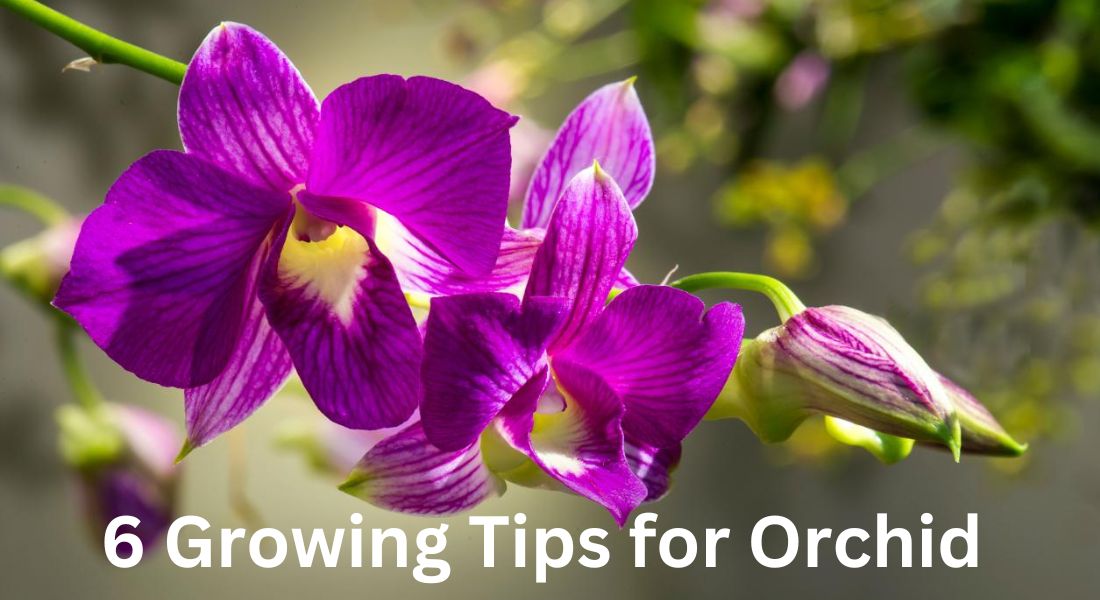An orchid is a type of flowering plant that belongs to the family Orchidaceae, which is one of the largest families of flowering plants. Orchids are known for their beautiful and intricate flowers, which come in a variety of shapes, sizes, and colors. They are found in almost every part of the world, from tropical rainforests to arctic tundras.
Orchids have a unique reproductive system that sets them apart from other flowering plants. Their flowers have both male and female reproductive structures, and they rely on insects, birds, and other animals to pollinate them.
Orchids are highly valued for their beauty and are often grown as houseplants or used in floral arrangements. Some orchid species are also used for medicinal purposes, and extracts from certain species are believed to have antimicrobial and anti-inflammatory properties.
Orchids are beautiful and exotic plants that are highly sought after by many gardeners and indoor plant enthusiasts. While orchids may seem difficult to grow, they are actually quite hardy and can thrive in a variety of indoor environments. In this article, we will discuss some tips on how to take care of orchid plants indoors.
6 Orchid Growing Tips
-
Choose the right orchid plant for your indoor environment
When selecting an orchid plant for your indoor space, it is important to choose one that is suited to the light and temperature conditions in your home. Some orchids require bright, indirect light while others can tolerate lower light levels. Similarly, some orchids prefer cooler temperatures while others thrive in warmer environments.
2.Provide the right amount of water
Orchids require the right amount of water to grow and bloom properly. Overwatering can lead to root rot while underwatering can cause the plant to wilt and die. It is important to let the potting mix dry out between watering, but not to the point where the plant becomes completely dehydrated. It is also important to water the orchid from the bottom of the pot, allowing the roots to absorb the water.
3.Use the right type of potting mix
Orchids require a special type of potting mix that allows for good drainage and aeration. The mix should be made up of coarse materials such as bark, perlite, and sphagnum moss. This will prevent the roots from becoming waterlogged and allow for good air circulation.
4.Provide the right amount of humidity
Orchids are native to tropical environments and require a high level of humidity to thrive. Indoor environments can be quite dry, so it is important to provide extra humidity to your orchid plant. This can be done by placing a tray of water near the plant, misting the leaves with water, or using a humidifier.
5.Fertilize your orchid plant
Orchids require regular fertilization to grow and bloom properly. Use a specialized orchid fertilizer that contains the necessary nutrients for growth and blooming. It is important not to over-fertilize as this can lead to burning of the roots and leaves.
6.Repot your orchid plant when necessary
Orchids require repotting every few years to refresh the potting mix and provide room for growth. This should be done when the plant has outgrown its current pot or when the potting mix has become too compacted. Repotting should be done in the spring or summer when the plant is actively growing.
Orchids can make stunning and rewarding indoor plants when cared for properly. By following these tips, you can ensure that your orchid plant thrives and produces beautiful blooms year after year. Remember to choose the right orchid plant for your indoor environment, provide the right amount of water and humidity, use the right type of potting mix, fertilize regularly, and repot when necessary. With a little care and attention, your orchid plant will be a beautiful addition to your indoor space.






